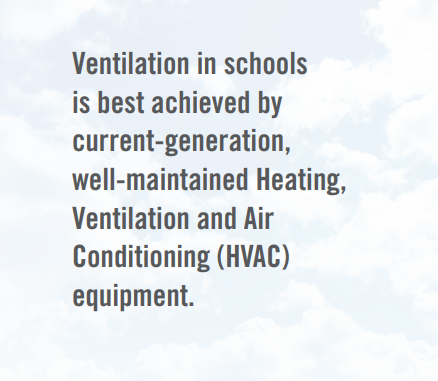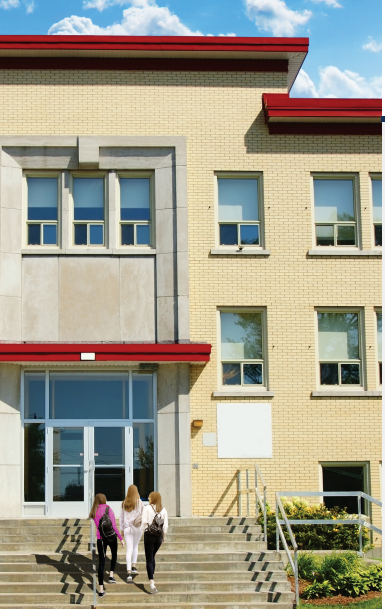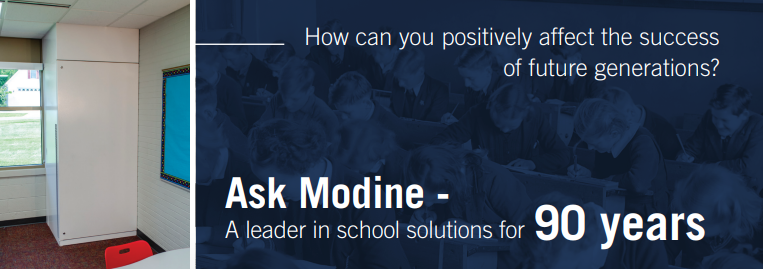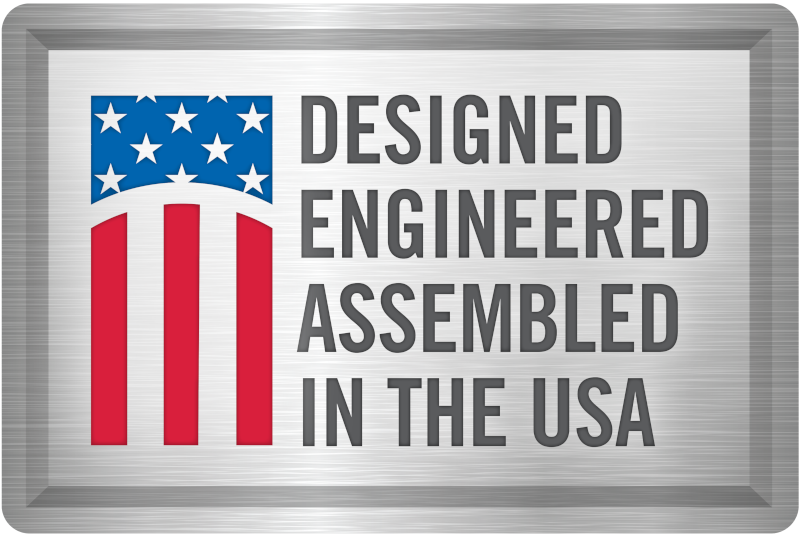Improve Air Quality, Student Achievement, and Community Health
A critical component to create and maintain healthy indoor environments, ventilation involves introducing clean, fresh outdoor air into a space while removing stale air and pollutants. The result? Improved air quality and a more comfortable, energizing setting for learning, work, or play. Ventilation in schools is best achieved by current-generation, well-maintained Heating, Ventilation and Air Conditioning (HVAC) equipment. These mechanical systems go beyond simply opening doors and windows–important but inadequate steps for school ventilation challenges. Good ventilation improves the learning environment and can reduce respiratory conditions and airborne diseases and is recognized as a key disease “prevention strategy” for schools by the U.S. Centers for Disease Control and Prevention.

Ventilation Essentials
Ventilation system upgrades or improvements can increase the delivery of clean air, dilute potential contaminants and decrease disease risk
- Studies report improved ventilation leads to higher academic performance and test scores, including elementary math test scores, word recognition, and memory exercises.
- Student attention spans, cognitive performance, attendance and participation rates, decrease in facilities with inadequate ventilation.
- The risk of spreading airborne pathogen and other respiratory ailments is higher in crowded, often poorly ventilated spaces where people spend lengthy periods of time together in close proximity, such as classrooms and other educational facilities.

Studies report improved ventilation leads to HIGHER academic performance
Student attention spans, cognitive performance, attendance and participation rates, decrease in facilities with inadequate ventilation,
- Natural ventilation, such as open windows and doors, does not provide sufficient airflow and is not filtered, which is why mechanical ventilation is recommended for schools.
- For classrooms, ASHRAE recommends five to six air changes per hour – in which the entire volume of air in the room is replaced – to prevent airborne transmission of pathogens.
- For best ventilation and air quality, experts recommend school HVAC systems be run at maximum outside airflow settings for two hours before and after the building is occupied.
How can you positively affect the success of future generations?
Ask Modine – A leader in school solutions for 90 years.

Airedale by Modine’s ViewPoint
Airedale wants every student to do their best everyday – to live, laugh, and learn in comfortable, clean, healthy environments. Air quality is central to that opportunity in our schools – now more than ever. We understand this and is equipped to respond to your air quality challenges. We recognize you want the healthiest learning environment, the safest educational institution, and the highest-performing school community. We will help you gain the maximum benefit that improved air quality and control systems can play in achieving those outcomes.
From single classrooms to campus environments, Airedale by Modine delivers smart, flexible solutions. Working in schools for over 90 years, Airedale by Modine is a trusted leader for Heat, Ventilation and Air Conditioning (HVAC) systems in educational institutions. Airedale by Modine’s legacy is your leverage. Airedale’s innovations, ideas and ingenuity will resolve your school air system quality control and ventilation challenges today – and tomorrow. Airedale by Modine – a leader in school solutions for 90 years.
Sources
1 Centers for Disease Control and Prevention. “Ventilation in Schools and Childcare Programs.” Centers for Disease Control and Prevention
2 International Journal of Hygiene and Environmental Health. “Indoor environmental quality in school buildings, and the health and wellbeing of students.”
3 U.S. Environmental Protection Agency. “How Does Indoor Air Quality Impact Student Health and Academic Performance?” EPA
4 U.S. Centers for Disease Control and Prevention. “Science Brief: Transmission of SARS-CoV-2 in K-12 schools.”
5 U.S. Environmental Protection Agency. “Heating, Ventilation and Air-Conditioning Systems, Part of Indoor Air Quality Design Tools for Schools.”
6 American Society of Heating, Refrigerating and Air-Conditioning Engineers. “Reopening of Schools and Universities.”
7 Air Conditioning Heating Ventilation The News. “HVAC Upgrades Needed in Many U.S. Schools.” The News


